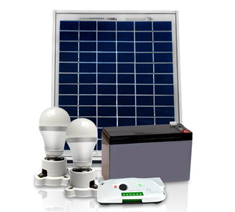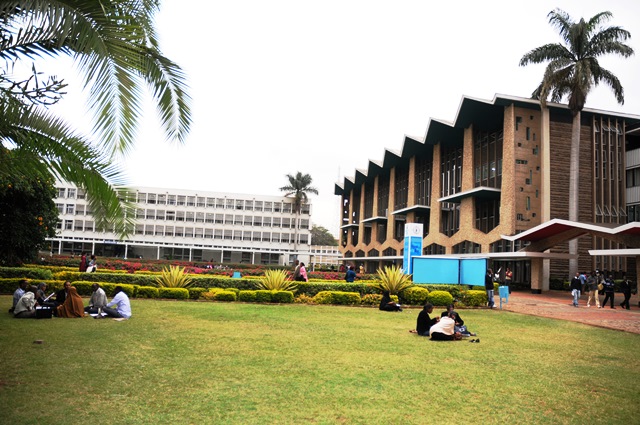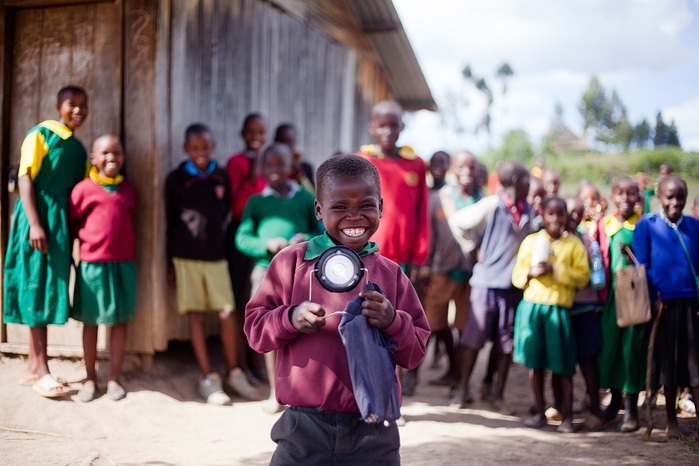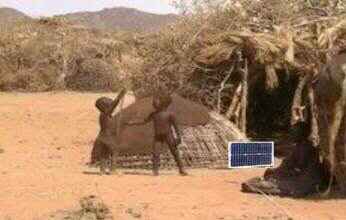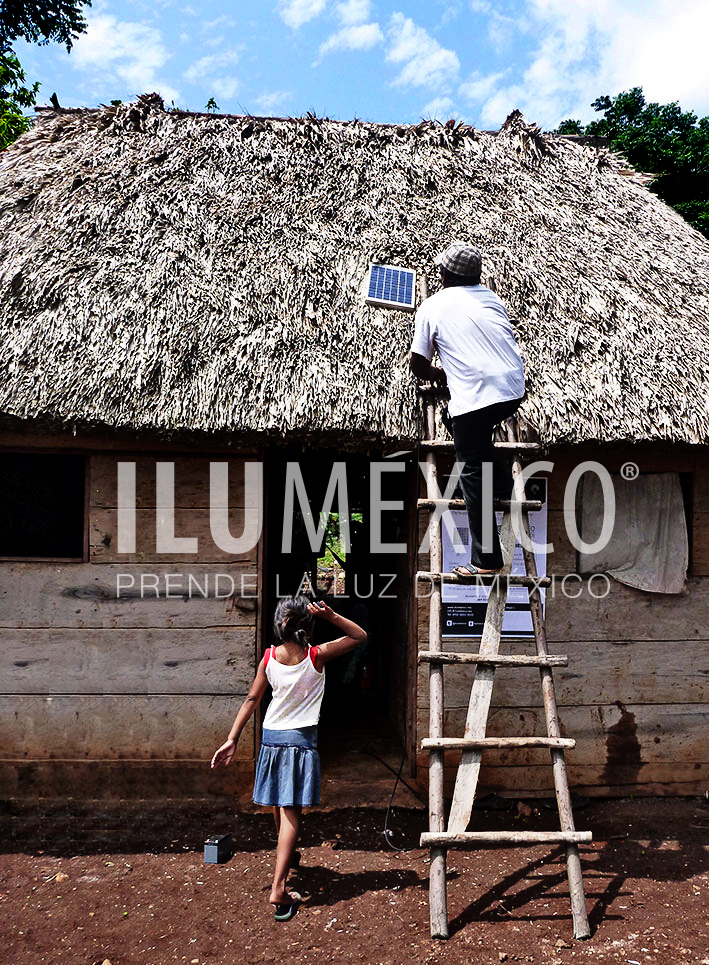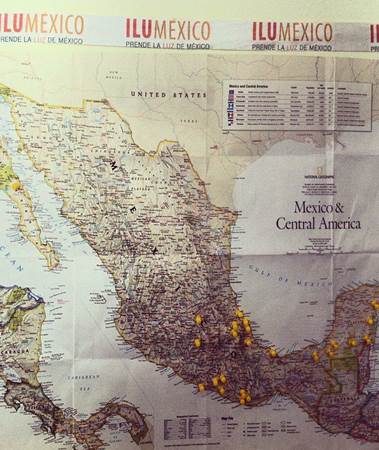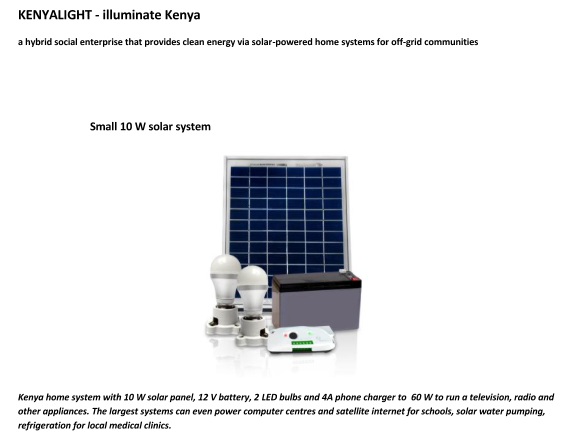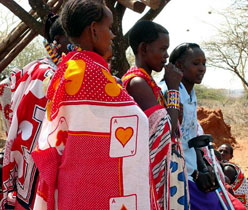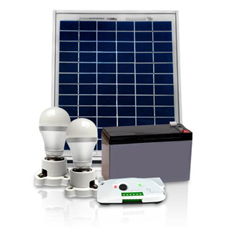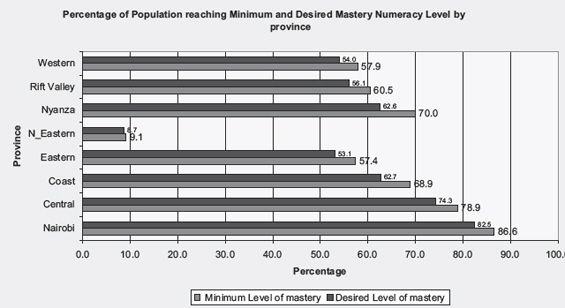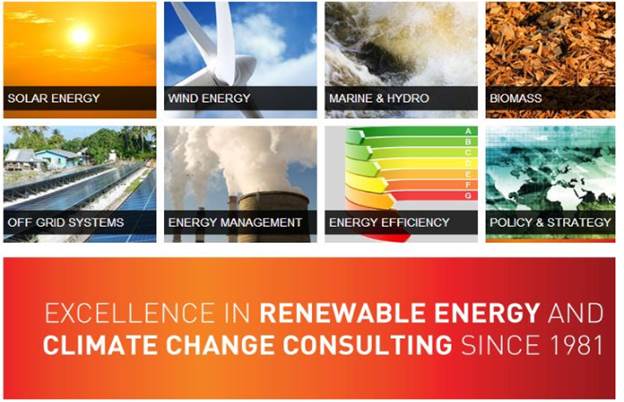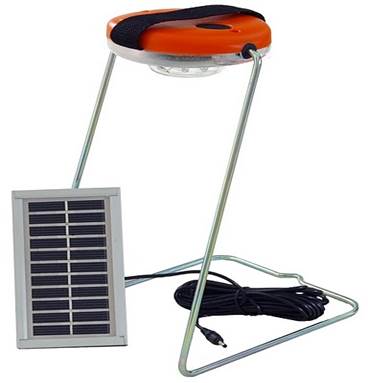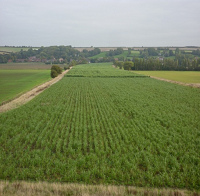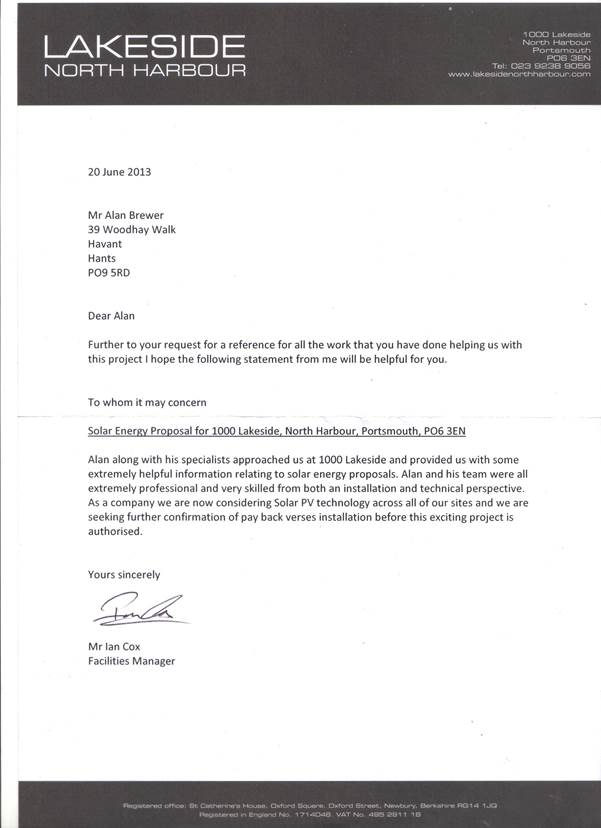|
www.psecc-kenya.org/ undergoing alterations at present
Solar lanterns saving lives, lighting up Kenya
STORY HIGHLIGHTS
· Around 75% of Kenyans rely on kerosene lamps for their lighting needs
· The smoke from kerosene lamps can lead to the development of respiratory illnesses
· Solanterns is aiming to replace one million kerosene lanterns with solar-powered ones
· The company says that each lantern will reduce CO2 emissions by 135 kilograms
(CNN) -- Every evening thousands of children in Kenya sit down and do their homework by kerosene-powered light.
However, the soot emitted from the burning lamps is not only an environmental hazard but the toxic fumes could be causing children serious harm and putting them at risk of respiratory illnesses.
Alice Njeri lives with her two sisters and their children in a suburb of Nairobi called Kayole. She says the indoor pollution can be difficult to live with.
"The Kerosene lamp emits smoke and gives my children eye problems and the smoke can bring them to tears," she said.
The United Nations Environmental Program says that in rural Kenya more women die of smoke-related illnesses than they do of malaria and tuberculosis. This smoke is from cooking and lighting fuels.
The inflammatory agents in kerosene lamps have been linked with everything from cancer to behavioral deficits. The lamps are also a safety risk as they can be easily knocked over and start fires in the home.
According to the CIA World Fact Book only a quarter of households in Kenya have electricity. It's estimated that around a third of Kenyans rely on kerosene lanterns for their lighting needs.
The solar lights have a huge impact on health, education, productivity and overall improve the quality of people's lives.
--Joseph Nganga, Solanterns
RELATED TOPICS
· Kenya
· Nairobi
· Global Climate Change
One company is on a mission to change this and is aiming to replace one million kerosene lanterns with solar-powered ones.
It's an ambitious project but one that the team feel can really make a difference to people living in rural Kenya who do not have access to electricity.
"The solar lights have a huge impact on health, education, productivity and overall improve the quality of people's lives," said Joseph Nganga from Solanterns, an initiative of Renewable Energy Ventures.
Its lanterns cost around $25 and are powered via a solar panel, which charges a lithium ion battery. Solanterns says it has reached over 1,500 households. This was partly helped byUSAID which bought and distributed 500 lanterns around Nairobi.
But the team still has a long way to go if it is to achieve its goal.
"We hope to expand access to solar lanterns through a wider product offering to meet different consumer needs and budgets," Nganga said.
"Critical to achieving our target of replacing one million kerosene lanterns with one million solar lanterns is consumer awareness," he added.
The company says that each lantern will reduce CO2 emissions by 135 kilograms and save 52 liters of kerosene over its lifetime.
This means that as well as the environmental benefits using solar lamps will save families money on fuel.
The organization estimates that over a three-year period families will save $140 in lighting costs, making solar lamps cheaper than kerosene lamps in the long-run.
Leah also lives in Kayole and has a son in his last year at primary school. She said: "With the way life is right now and high fuel prices I couldn't always manage to buy kerosene.
"Sometimes my child has homework that he couldn't do so the lantern has really helped me."
Solar lighting is also being credited with better grades for school children. According to Solantern's research, over half of children living in households with a solar lantern were able to study an extra two hours a night.
"My child's performance is different now because he could not do homework and study at night with the kerosene lamp," Leah added. "He performs much better now."
As well as using her solar lamp in the home, Njeri says that she uses it on her market stall in the evening. Its makers say it can lead to better sales at fruit and vegetable stands as produce is no longer spoiled by fumes from kerosene lamps.
"My kids tell me not to return to the kerosene lantern but to instead bury it," Njeri said.
|

